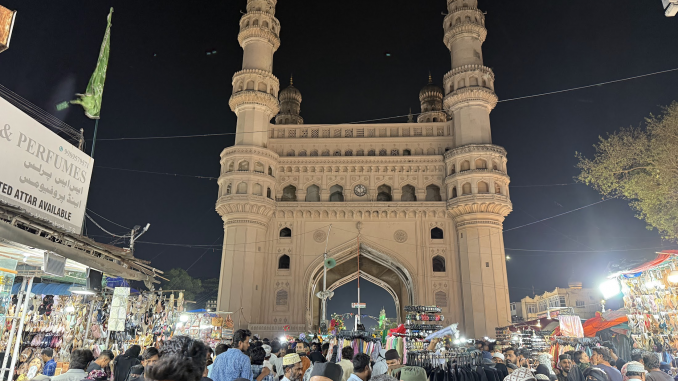
In March, I visited Bangalore, Hyderabad and Mumbai in India for work and also see my parents in Delhi for a couple of days. JP Morgan paid for a business class flight to New Delhi departing evening of Mar 17th. I arrived in New Delhi late evening the next day (15 hours direct flight + ~10 hrs time difference means you arrive ~24 hrs later). The fully reclining business class seat is great for sleeping during overnight flights.. specially for me, as I find it hard sleeping on the plane. It was great spending the weekend with my parents. I played carrom with my mum and dad.. they are both over 70, but still play with great skill and precision! I struggled to beat my mom and my dad beat me in every game but one! I read Peter Attia’s book on healthy aging “The Science and Art of Longevity” on the plane.. one of the indicators of good health mentioned in the book is to sit cross-legged and get up using leg strength only, without pushing against the floor with your hands. I can do it comfortably, though with some effort. I mentioned this to my dad.. thinking he’ll probably struggle. To my surprise, he leapt upright out of the cross legged position nearly effortlessly! This is someone who has had a bypass surgery and several stenting procedures.. I also saw my friend Dipti again. I had met her during my previous visit to India in Dec 2024 and it was a bit odd to see her again after just 4 months, when I hadn’t seen her for nearly 25 years, since finishing high school! She picked me up and we drove to a nearby mall and got drinks.. it was very nice.
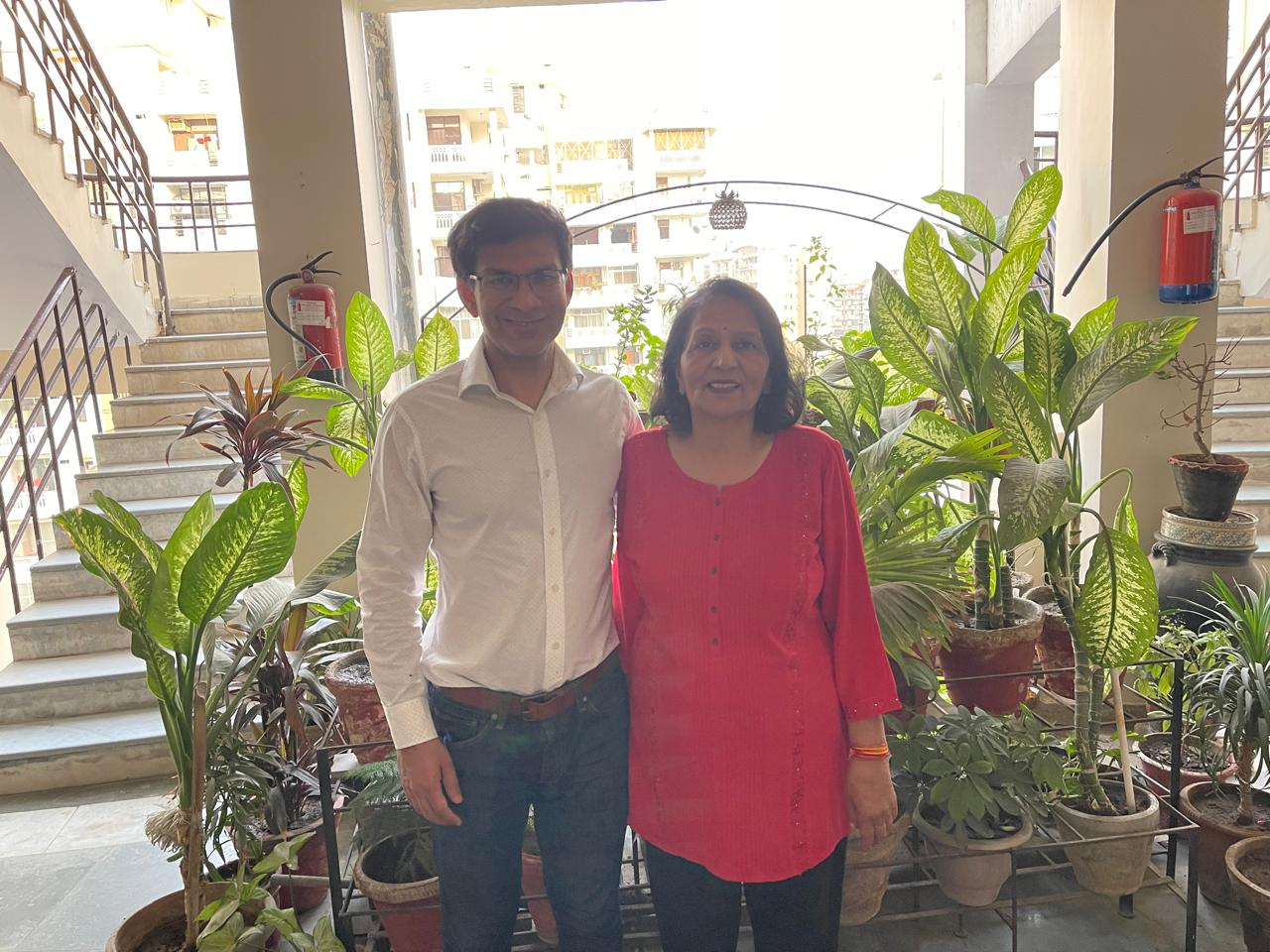
Sunday evening, I left for Bangalore for the official leg of my trip. This was only the third or fourth time I flew domestic in India.. usually I just fly from the US to Delhi to see my parents and we drive around or occasionally take the train.. I arrived in Bangalore late at night. The Bangalore airport and area around it is very nice. However it is quite far from the city proper and the road leading into the city is not great. It took me almost an hour to arrive at the hotel, without much traffic.
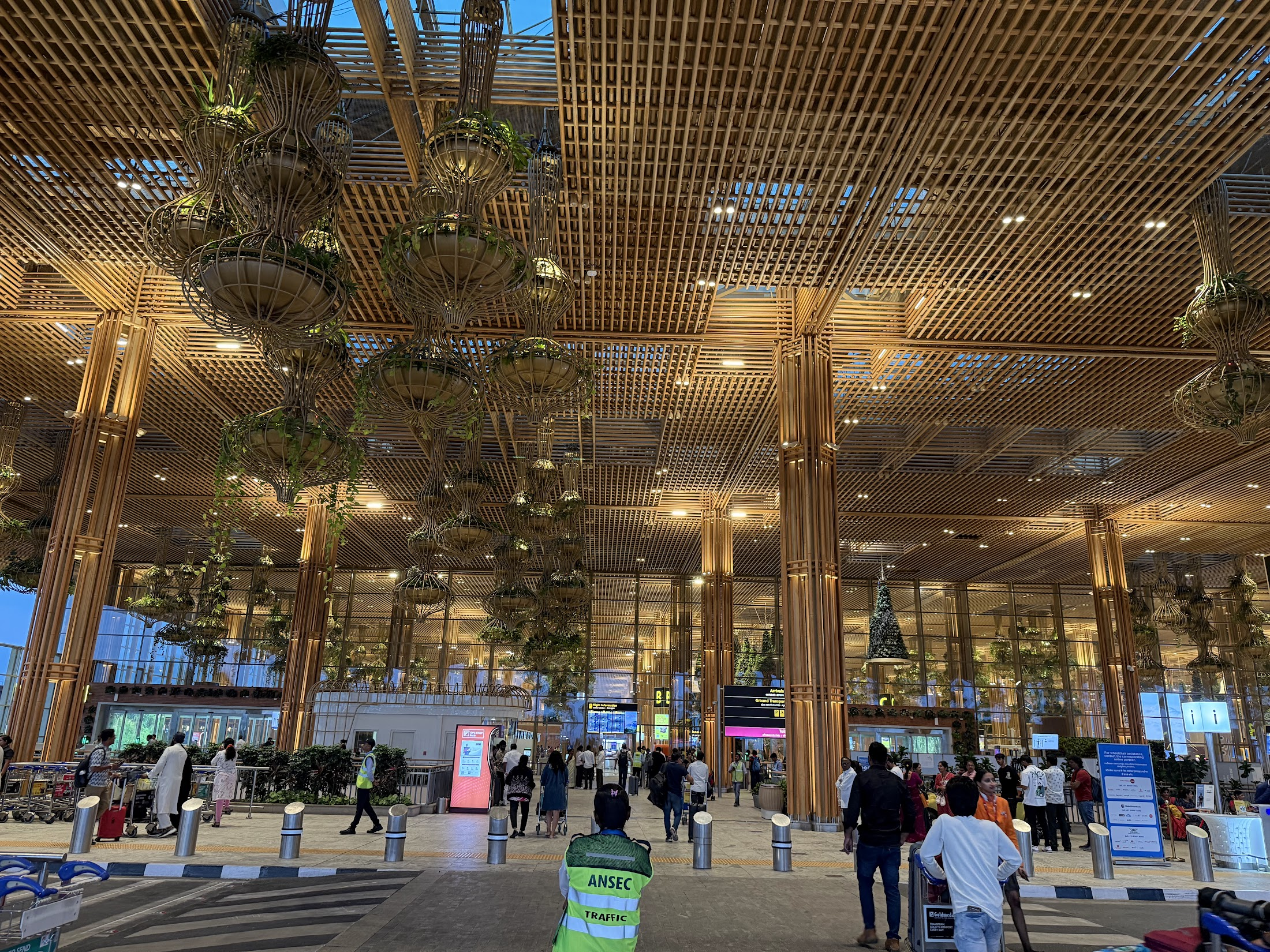
I stayed at a very nice Marriott hotel, located half a mile from the office. I considered walking over to the office, but the sidewalk along the road either didn’t exist or was badly broken up. I ended up taking an Uber, which took half an hour to cover a short distance.. because of the very heavy traffic and also because the office is on the wrong direction along a one-way road and you have to go up in the opposite direction, make a U turn, and then another U turn..
Staying true to India’s reputation as a country of contrasts, the super nice and modern office parks coexist with crummy infrastructure groaning to keep pace with demand. Much of the IT boom has occurred on the outskirts of large cities such as Bangalore and Hyderabad, where new, more modern infrastructure has been built.. but it is still inadequate to keep up with the meteoric growth of the IT sector. Inner cities are still much the same.. narrow winding roads, lack of efficient public transport, unhygienic conditions..many people in the IT industry live in the inner cities and commute to the outskirts where the offices are located.. resulting in harrowing commutes of 1-2 hrs each way! Furthermore, many people work at India offices of US companies and try to align their work hours to have few hours of overlap with US working hours. This means that many people come into the office around 10 AM and stay until late.. combined with the long commutes and family obligations, this doesn’t leave much time for going to the gym or indulge in hobbies.
After spending a day at the Bangalore office, I left for Hyderabad on Monday evening. I allocated around 2 hrs to arrive at the airport, which was adequate. Hyderabad is a kinder, gentler version of Bangalore. In the IT district (often called HITEC city), the roads are wider and cleaner and commutes more manageable. A metro is being constructed, parts of which are already operational. My hotel was located right next to a metro station. I wanted to take a metro trip, but ultimately couldn’t find the time.
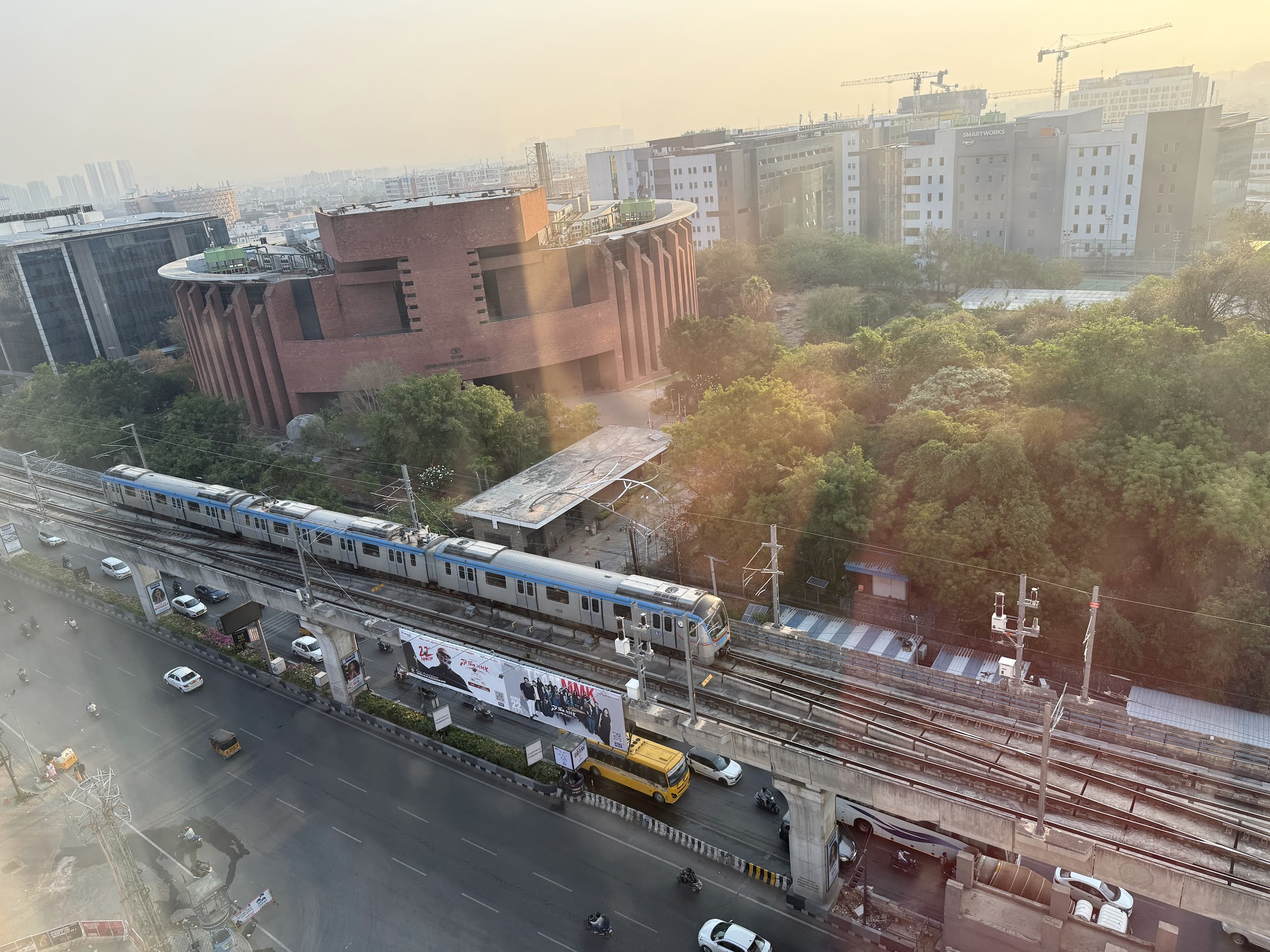
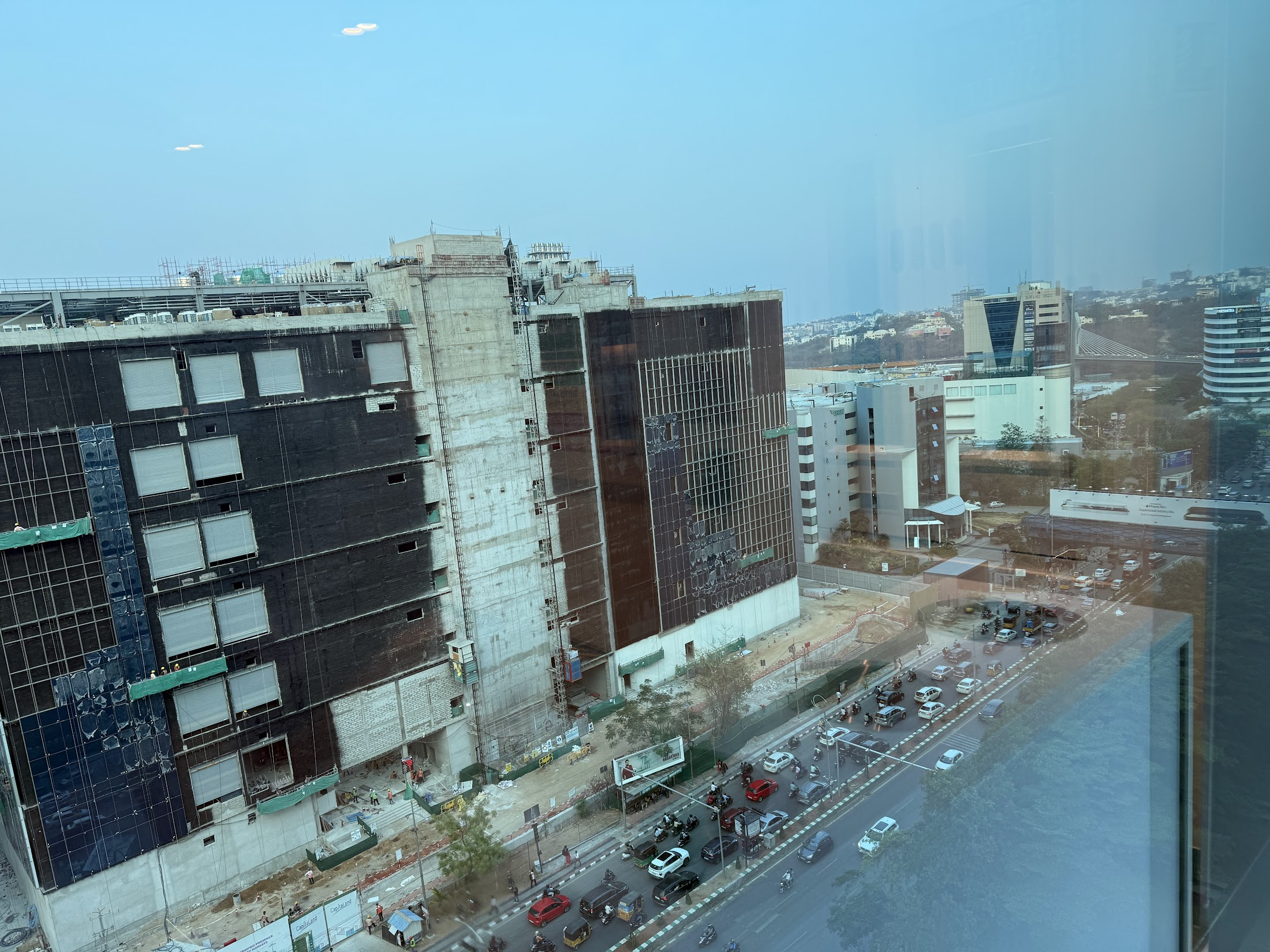
When I lived in India, Hyderabad used to be the capital of the state of Andhra Pradesh. In 2014, the northwestern part of Andhra Pradesh was split into a newly founded state of Telangana with Hyderabad as its capital. Another city Amravati became the capital of Andhra Pradesh. The history of this region is a bit different from the rest of the south. In the 16th century, parts of Andhra Pradesh, Telangana and Orissa were part of the sultanate of Golconda established in 1518 by Quli Qutb Shah, as one of the five Deccan sultanates. This is the period when Char Minar and Golconda fort, two of the landmark monuments of Hyderabad was built (more on that later). In 1687, Aurangzeb, the last Mughal emperor finally defeated the last ruler of Golconda and brought the region under Mughal rule. However this didn’t last long.. The Mughal emperor disintegrated after the death of Aurangzeb and the governor of the region (called the Nizam) nominally appointed by the Mughal emperor, became the de-facto ruler. Around the middle of the 18th century, British East India company began to expand its political influence. Rather than fight the British, the Nizams signed the subsidiary alliance with the British in 1799 and lost its control over the state’s defence and foreign affairs. The region remained a princely state of British India, until independence in 1947, when it became part of independent India, after a brief attempt to carve out a separate country.
Char Minar and Golconda fort are two of the landmark monuments in Hyderabad. I allocated two days in Hyderabad, partly to have some time to see one or both of those. However, end of March also coincides with the last days of Ramadan, a major event on the Islamic calendar. Char Minar is located in the center of Hyderabad, which is largely Muslim. The area is extremely crowded and hectic in the evening after the end of the Ramadan fast. My work colleagues advised against visiting Char Minar during this time.. However I wasn’t sure if I’ll be back in Hyderabad again and decided to go for it. At first, I wanted to take the metro into the city, but then just booked an Uber. The traffic got heavier and the roads narrower as we got closer to the center of the city, where Char Minar is located. About half mile from the monument, the road was so full of people, that I asked the Uber driver to drop me off and walked the rest of the way.. I’ve never seen anywhere so full of people! The ground was littered with plastic bags, thrown-away food, pieces of paper.. vehicle exhaust fumes and honking filled the air. There were thousands of shops selling cheap clothes and street food.. Even for India, it was a bit much. And this was around 11 PM!
I pressed through the thick crowd, weaving between autorickshaws, cars, people, street hawkers. It took me nearly half an hour to cover the half mile to Char Minar. The monument itself has been heavily restored, without a serious attempt to maintain its original look (even though Times of India says traditional techniques are used during restoration). The surface is plastered over with modern looking plaster. See for yourself!
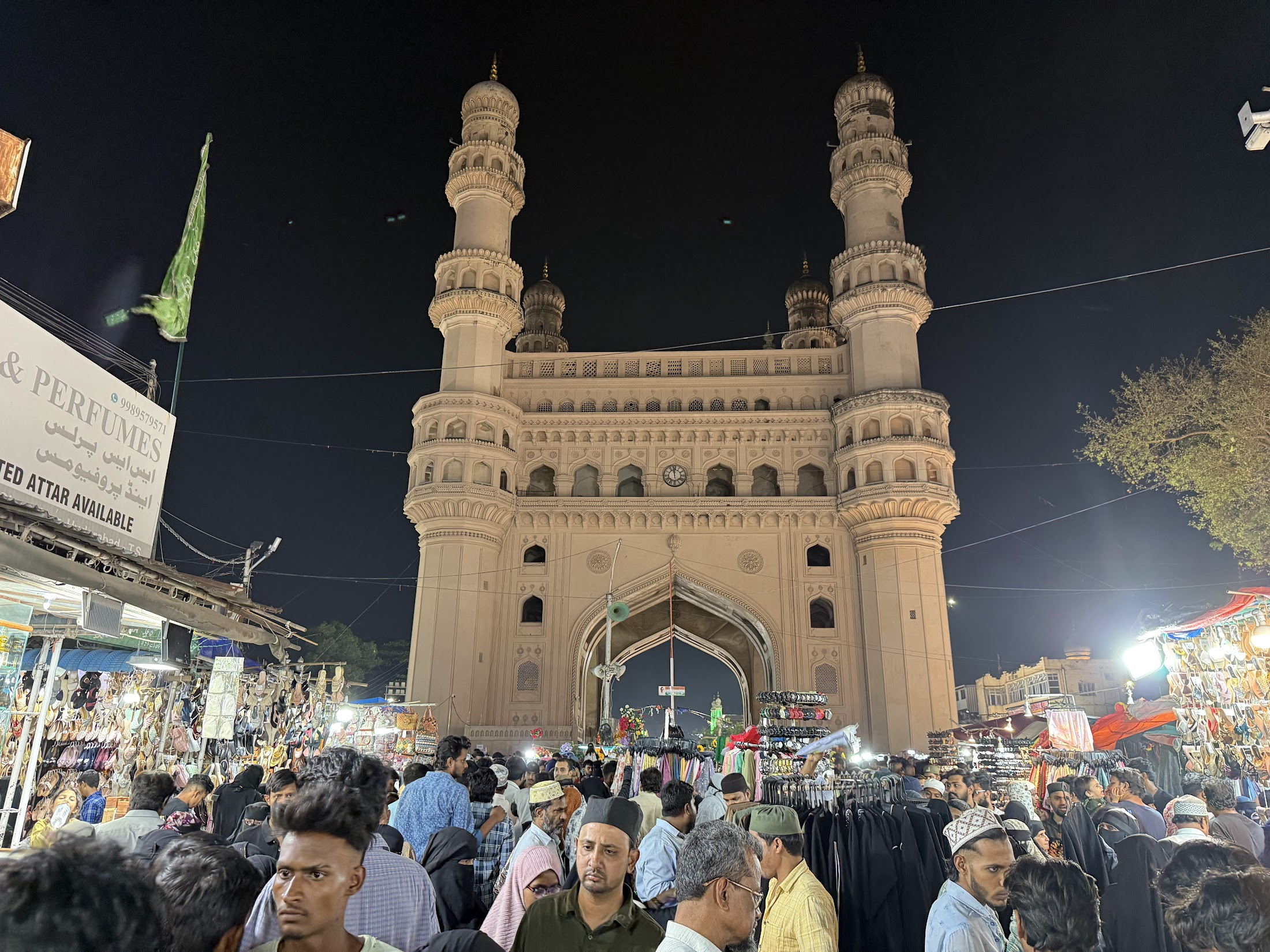
I gingerly took my phone out of the pocket to take a selfie and quickly put it back deep in the pocket
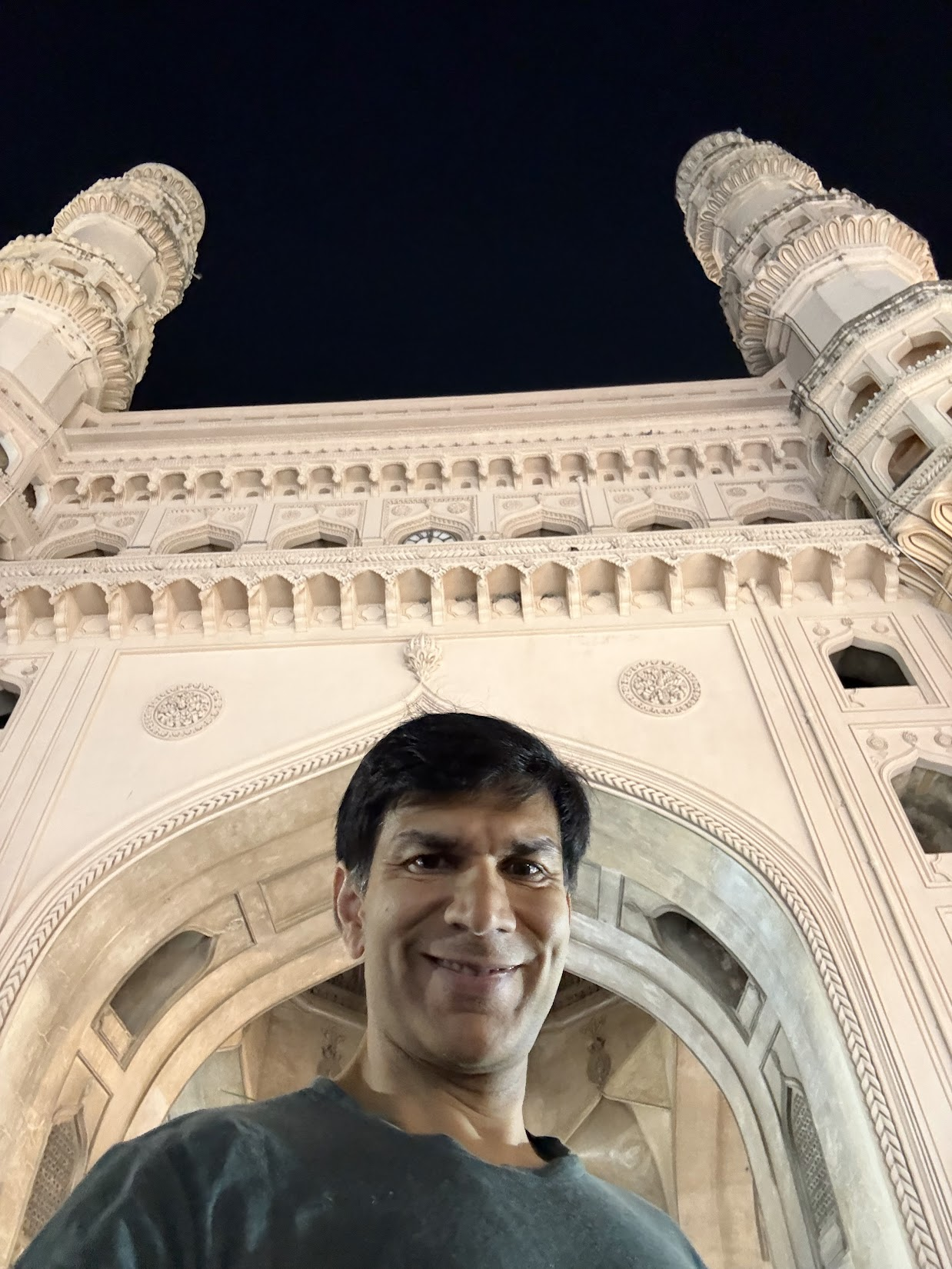
Finding an Uber or taxi to take me back to the hotel wasn’t easy either. I first walked some distance away from Char Minar, where the crowd seemed a bit thinner. I first tried calling an Uber, but the driver wasn’t getting any closer. Then I tried to find a taxi/autorickshaw, but they didn’t want to drive all the way to the outskirts of the city, where the hotel was located. I ended up taking an autorickshaw to drive me a few km away from the center, and then called an Uber. I was a bit scared standing on the side of the road, waiting for the Uber.. It all worked out in the end and I made it back to the hotel around 2 AM. A disappointing but memorable experience!
For a city with such a rich history, there is lack of well-maintained and annotated historical sights.. This is true for most other cities in India. You can always grow rich and wealthy, but history once lost is very difficult to recover!
Next up was Mumbai. I got my undergraduate degree from IIT Bombay (old name for Mumbai) in 2000, so Mumbai is a special place for me. I took a late morning flight to Mumbai, arriving around 1 PM at the Chhatrapati Shivaji Maharaj International Airport (CSIA). Inaugurated in 2014, the airport didn’t exist during my time in Mumbai. The airport is quite nice and clean. From the airport, it was a 30 minute taxi ride to Powai, where JPMC office is located. My alma mater IIT-Bombay is also in Powai. My colleagues were kind enough to drive me to the IIT Campus after work on Friday. It felt like a homecoming, visiting the IIT Campus after 25 years! I visited the hostel I spent 4 years in and snapped pictures outside the rooms I lived. Other than upgraded bathrooms and new flooring, not much had changed! We also visited some of the newer hostels, which were much nicer. Then we walked down the Infinity Corridor, the passageway that forms the spine of the campus and is flanked by various department buildings. We visited the Electrical Engineering department and took the stairs up to the Signal Processing and Neural Networks (SPANN) lab, where I spent much time in my final year! Not much had changed, other than the addition of an elevator.
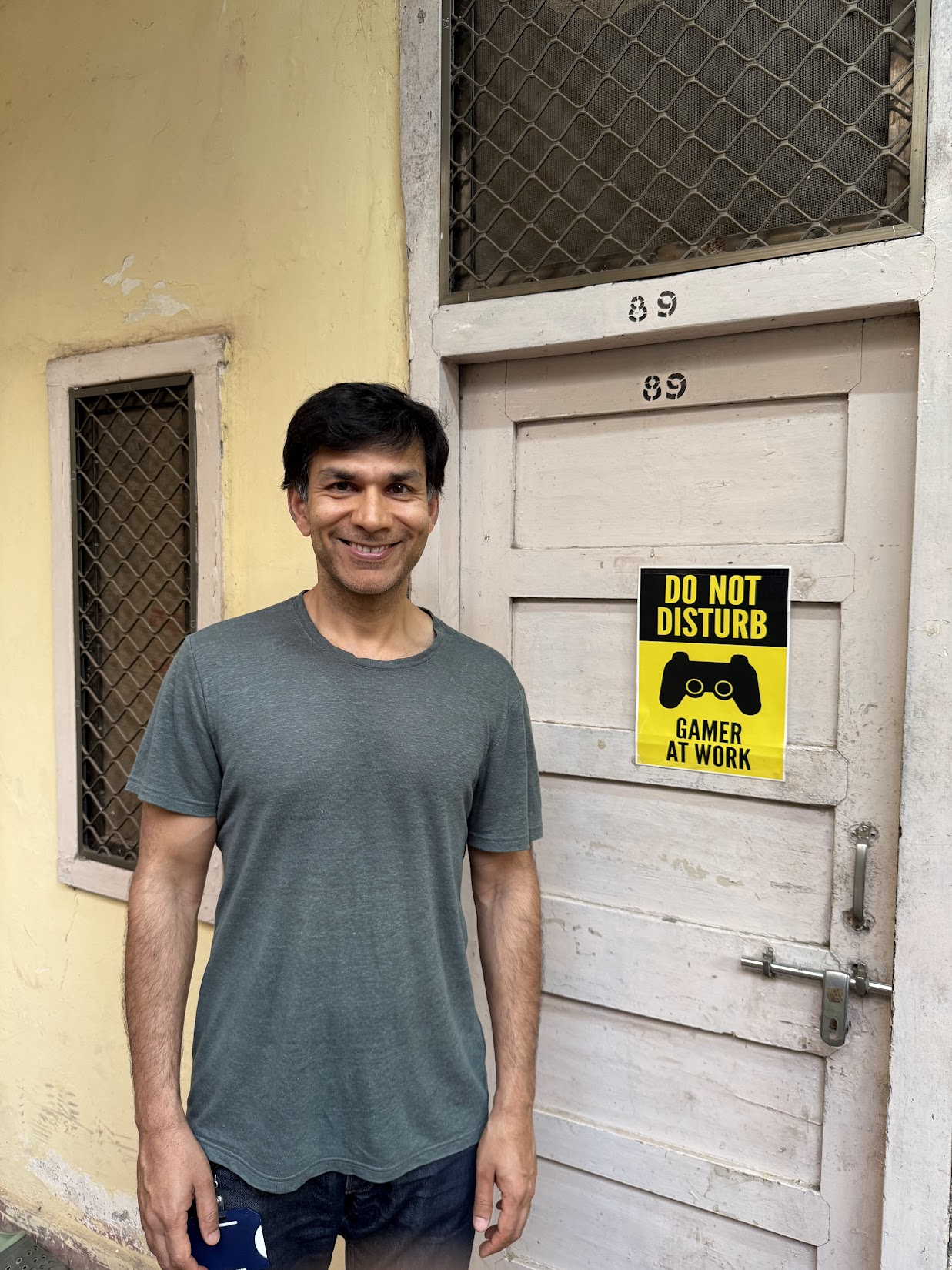
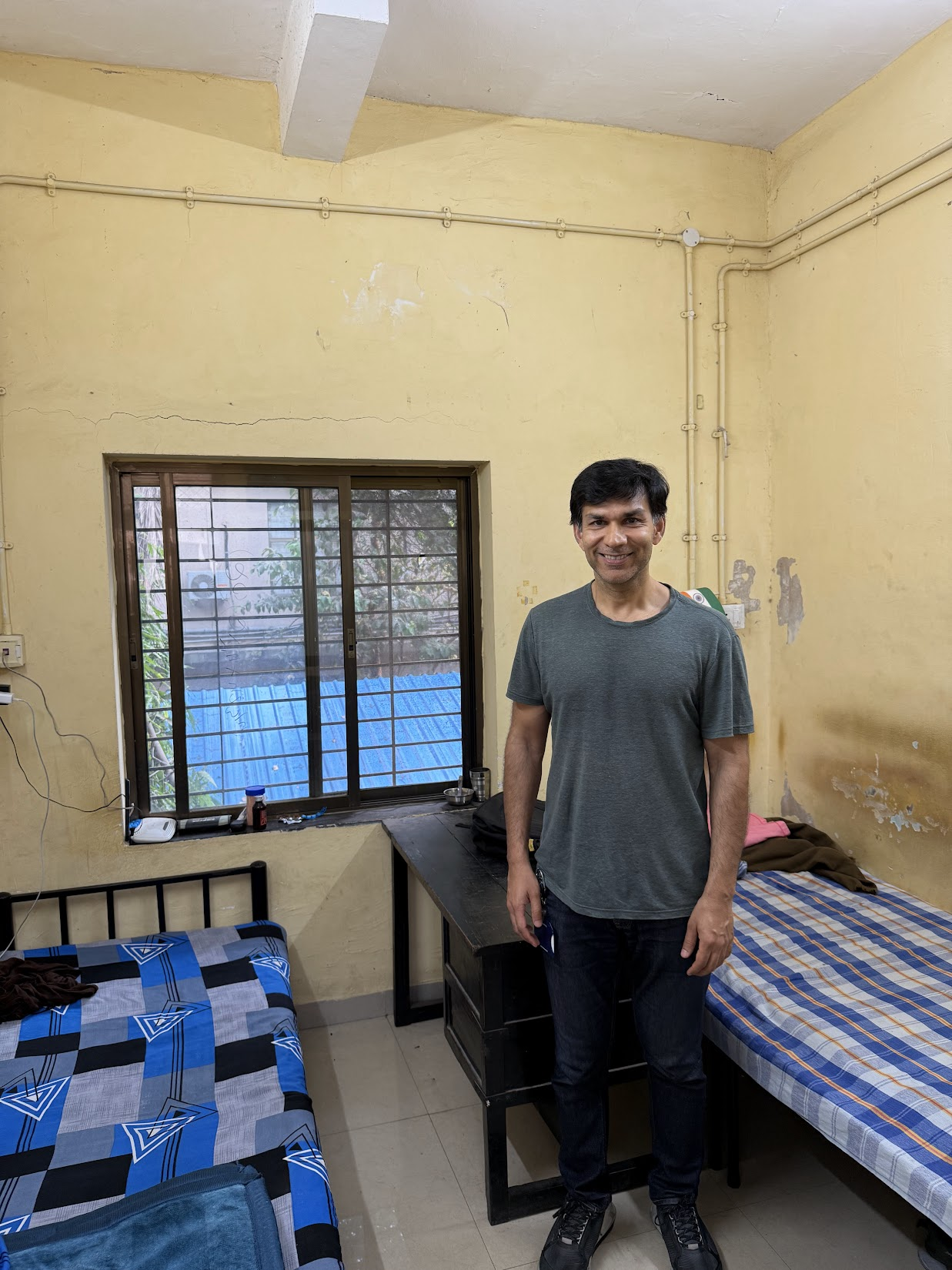
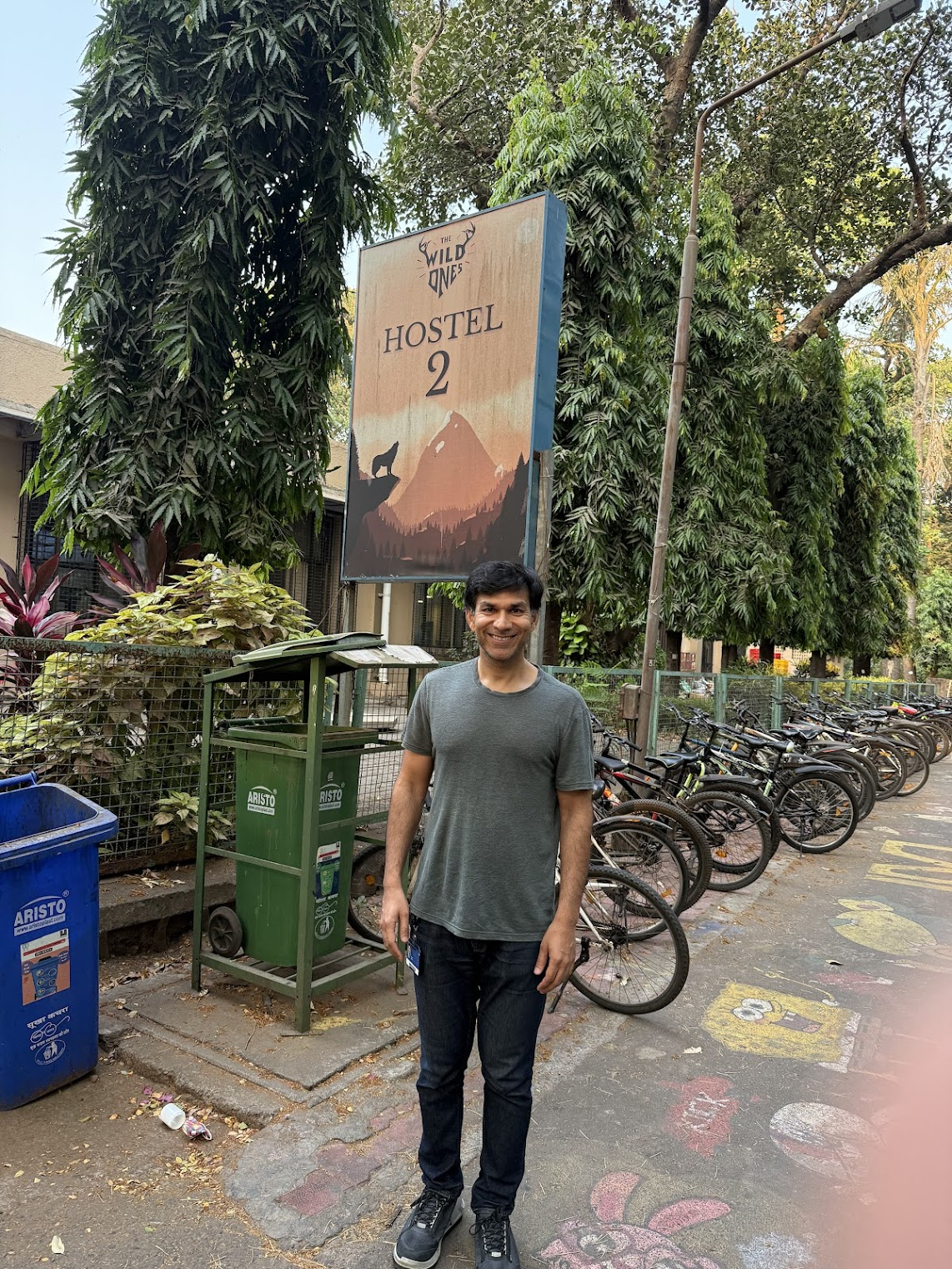
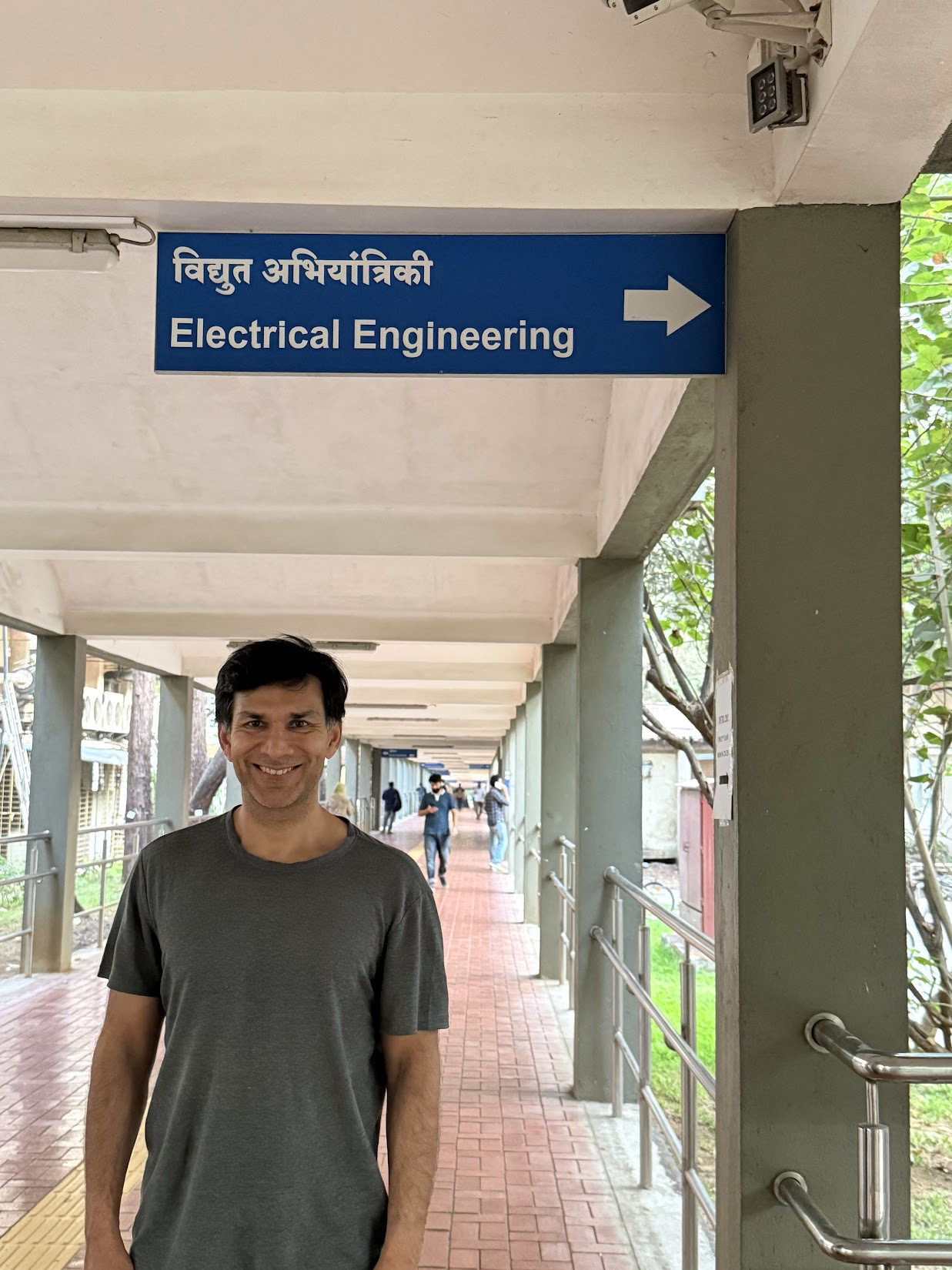
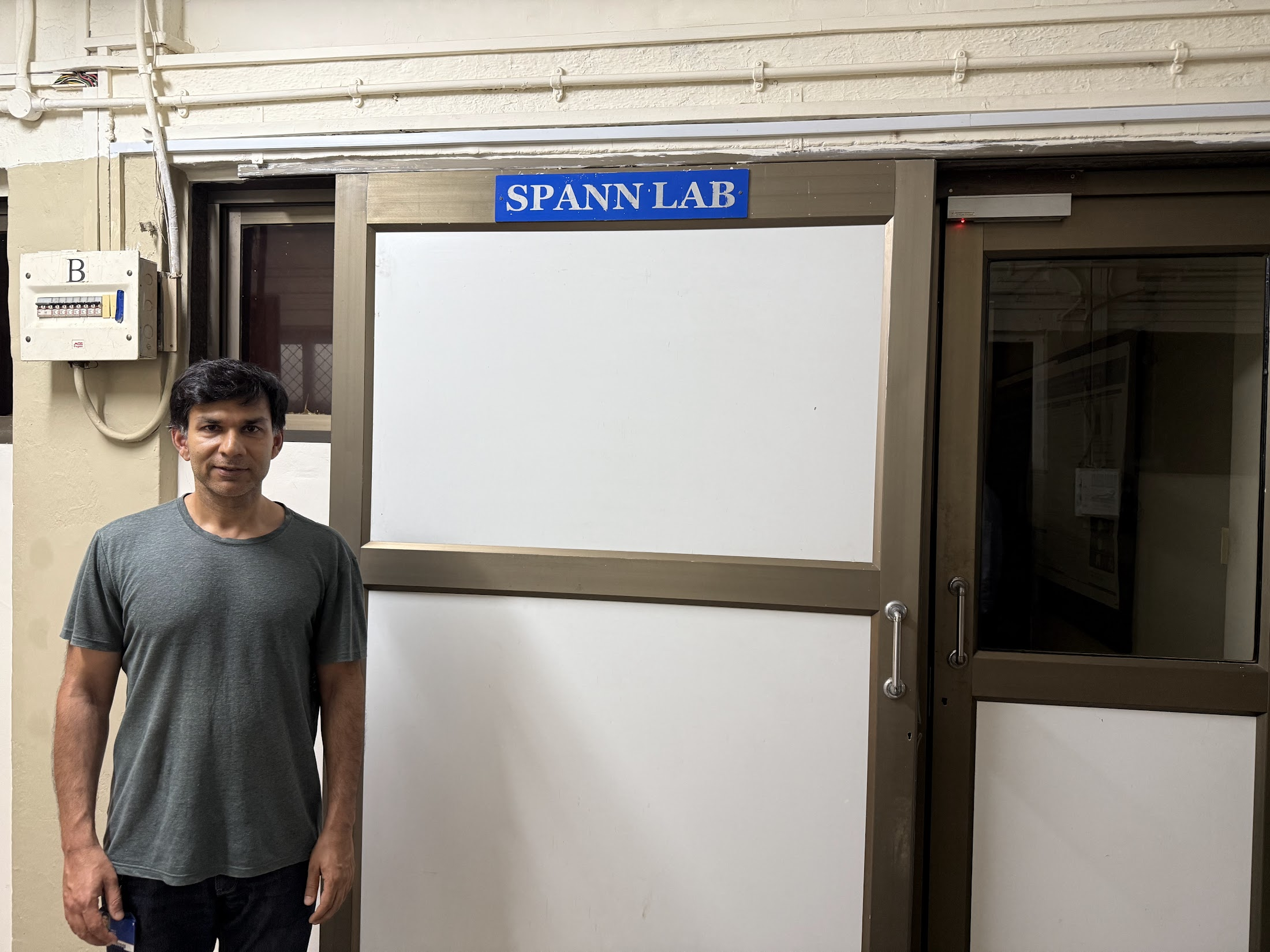
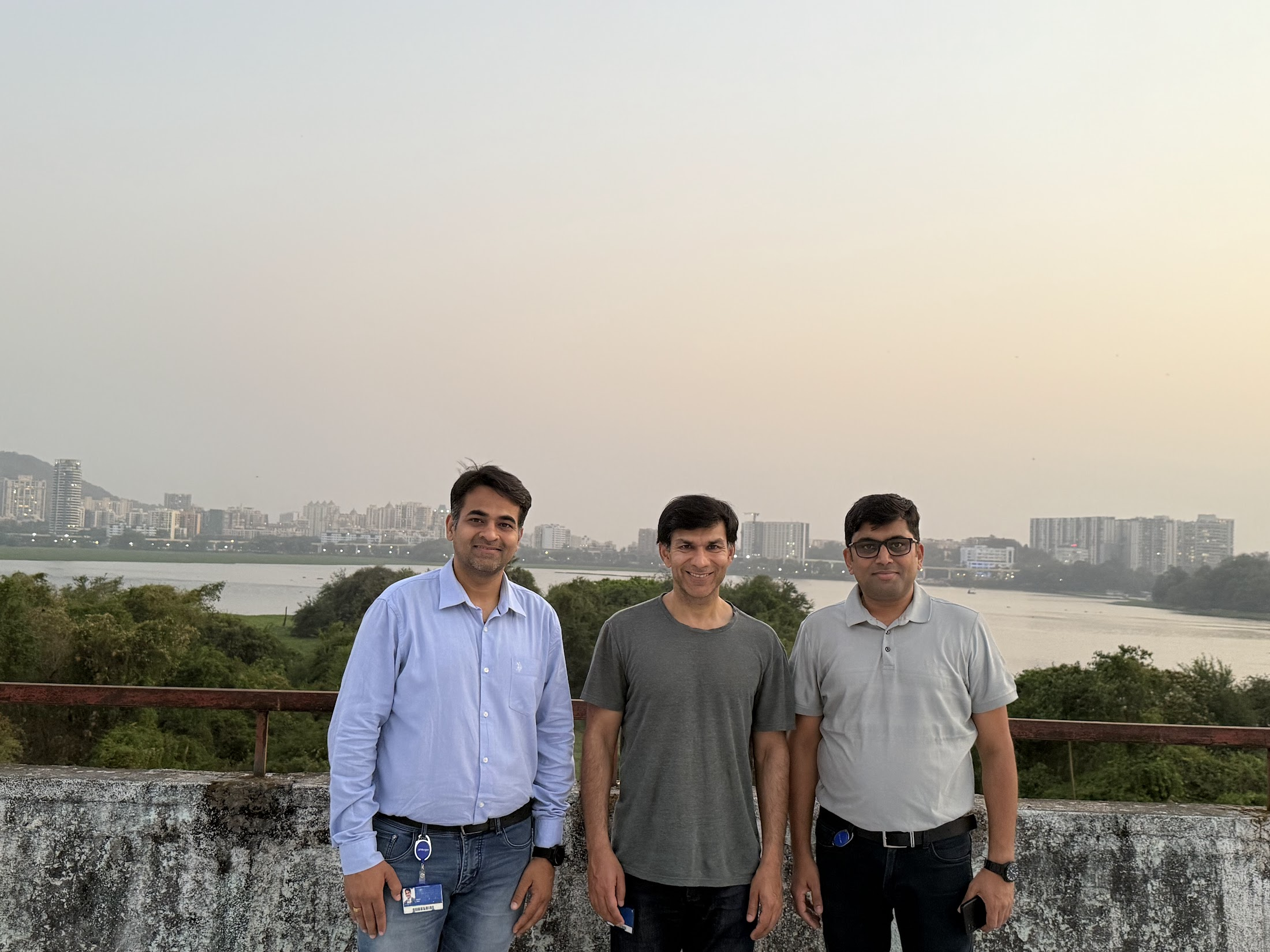
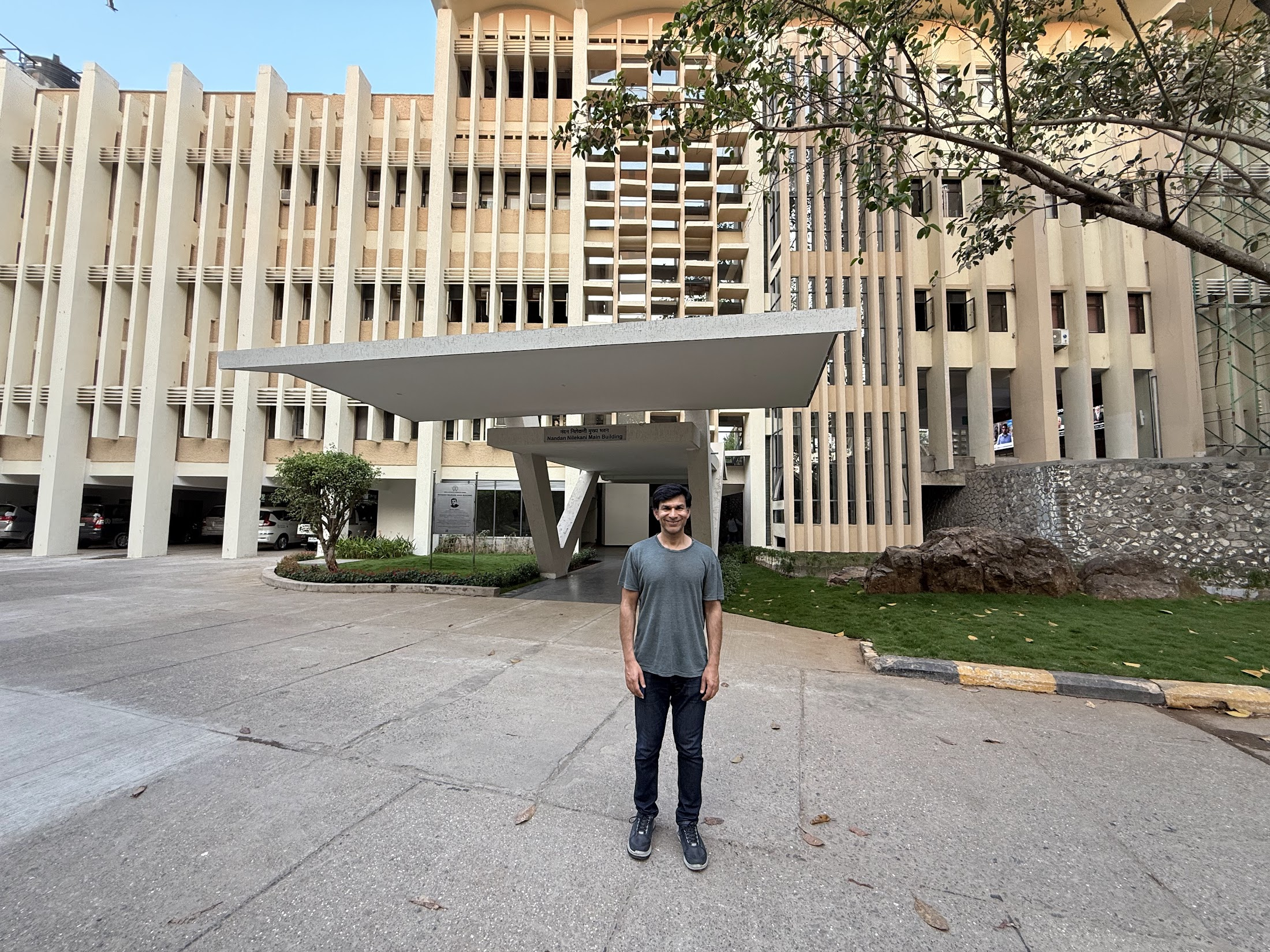
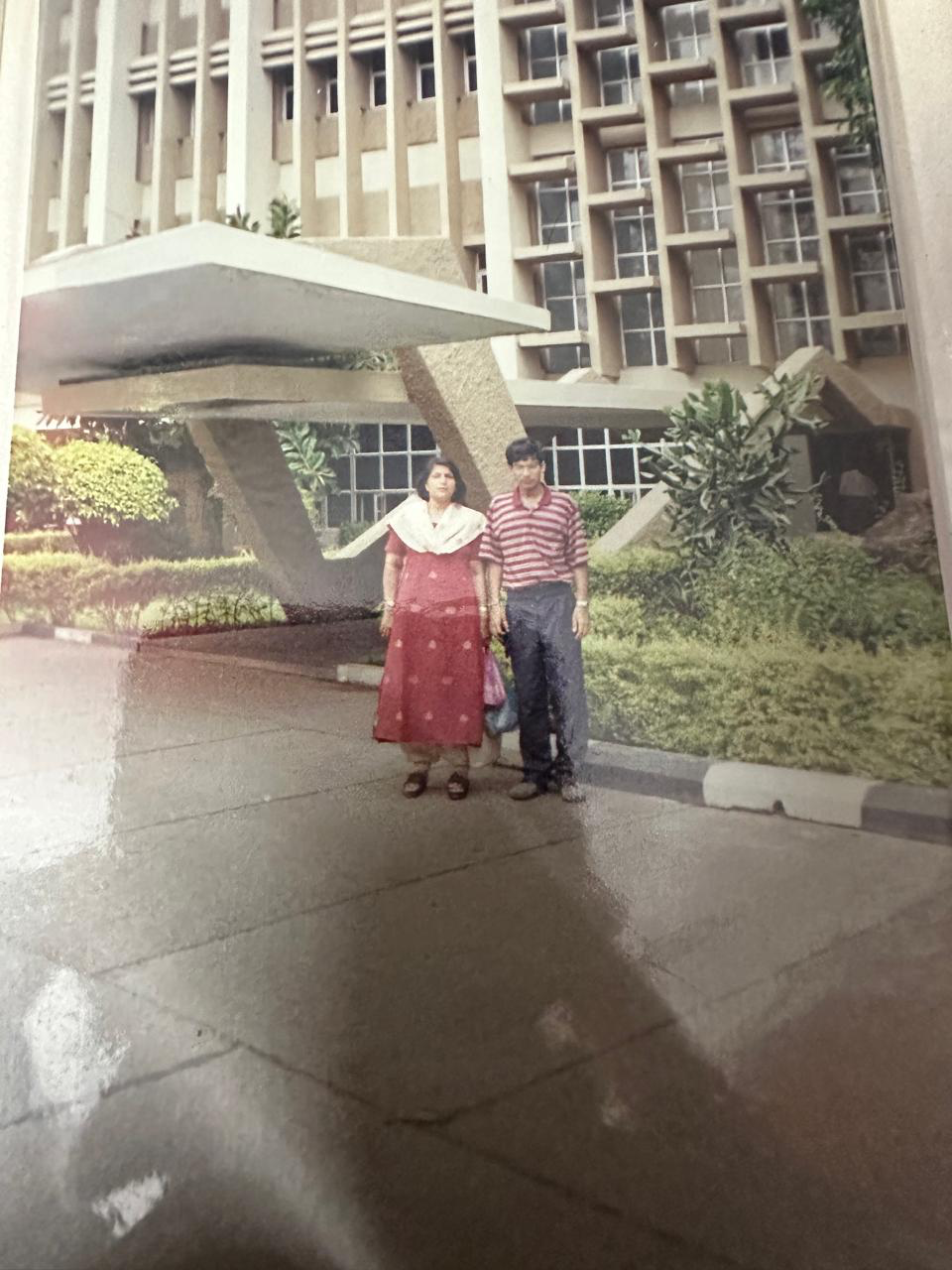
In my day, there were just 11 hostels.. now there are 18 and several are under construction. The quality seems to have improved over the years.. the one built around 2004, 4 years after I finished was considerably shabbier than the newer ones. The overall quality of the infrastructure still leaves much to be desired for an institute of such repute..
Later, my colleague took me around Marine drive, India Gate and other touristy parts of Bombay. I was amazed by the scale and pace of development. New, modern double tier highways have cropped up everywhere, the Mumbai Metro is undergoing significant expansion with various new lines and extensions being added to the network.. modern high rises dot the landscape. As per usual in India, all this development is happening amidst ramshackle roadside dwellings, soul crushing traffic and polluted air. If you have a good job and live relatively close to work, you can have a pretty good life though.

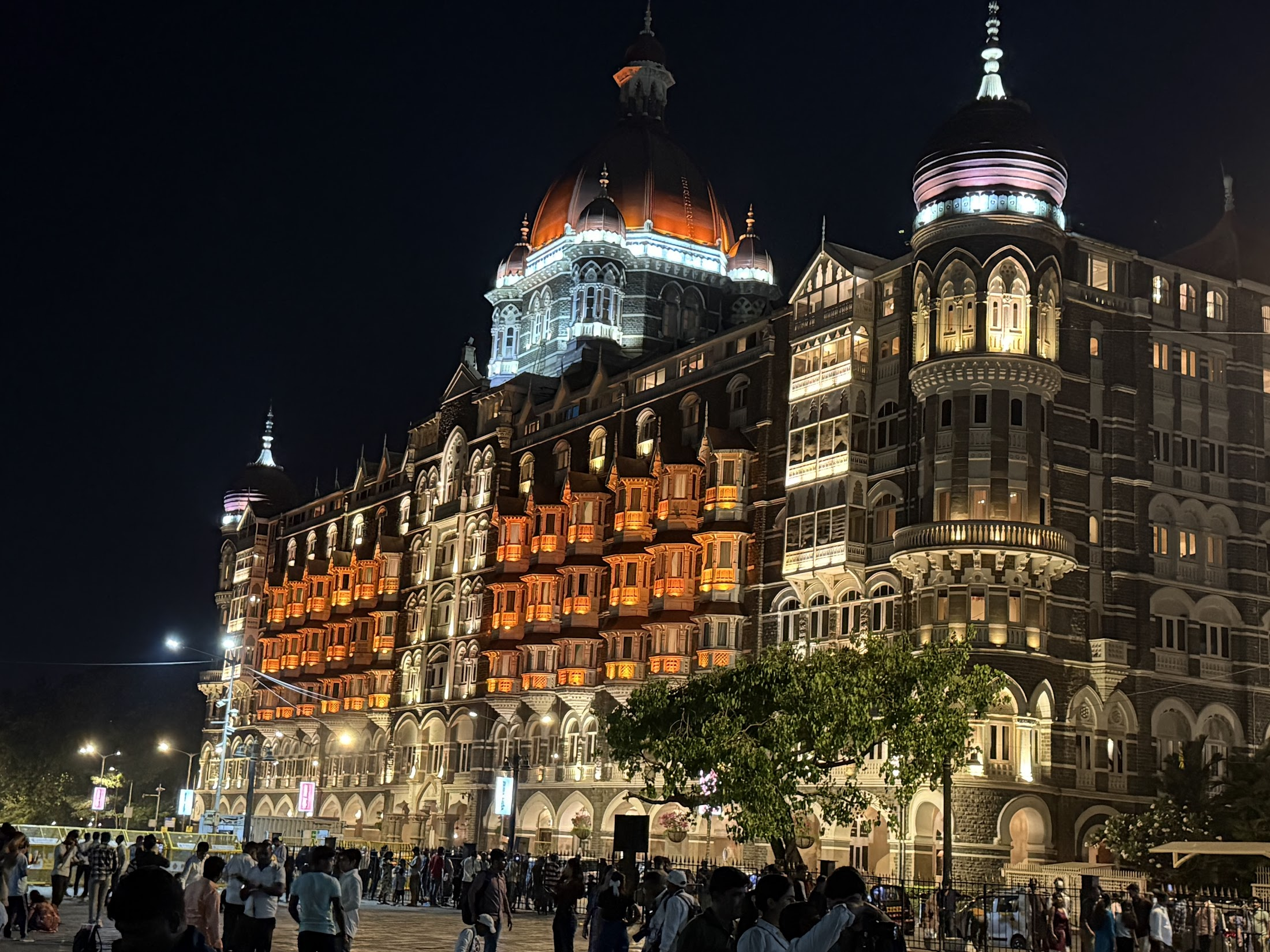
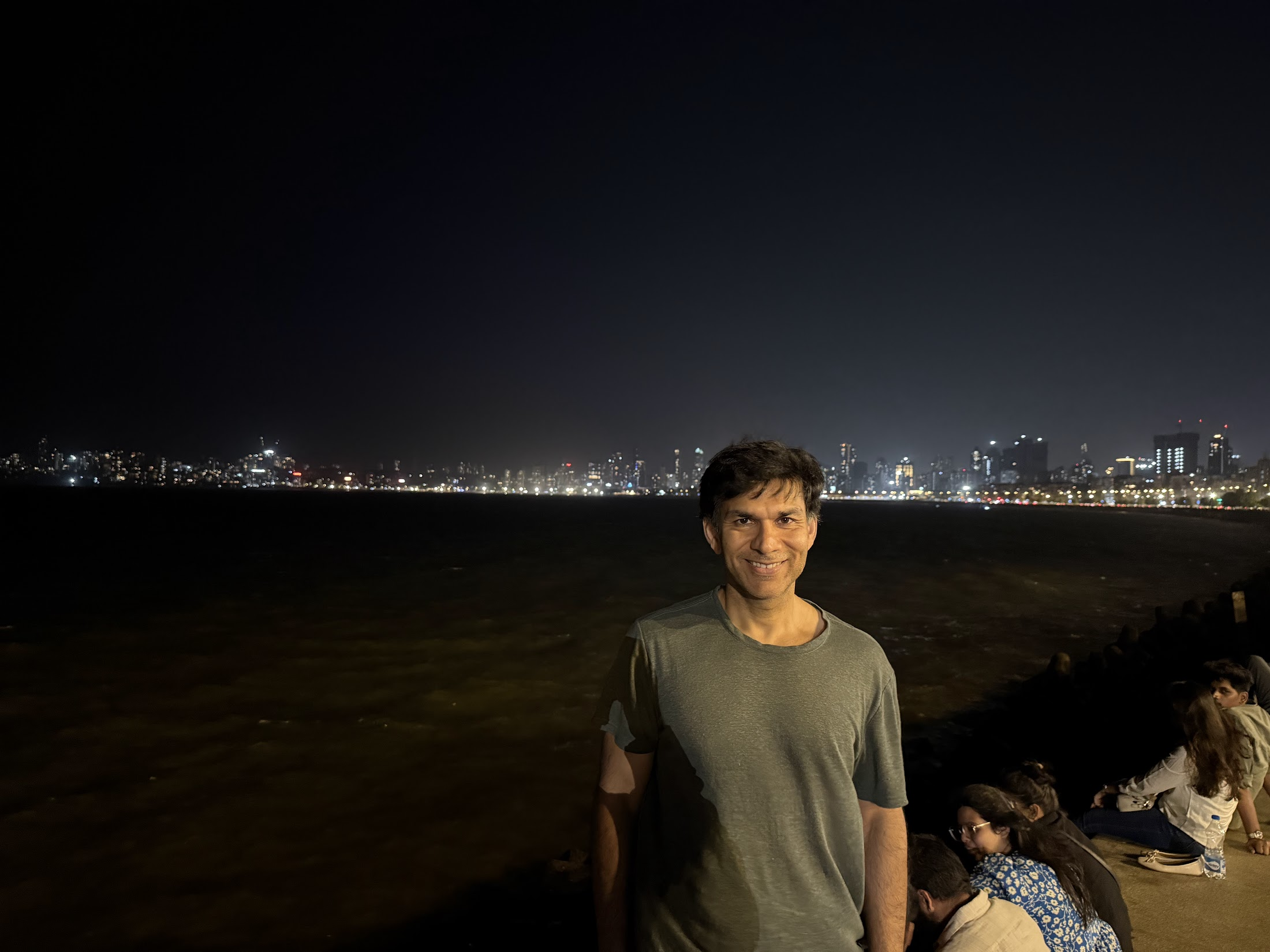
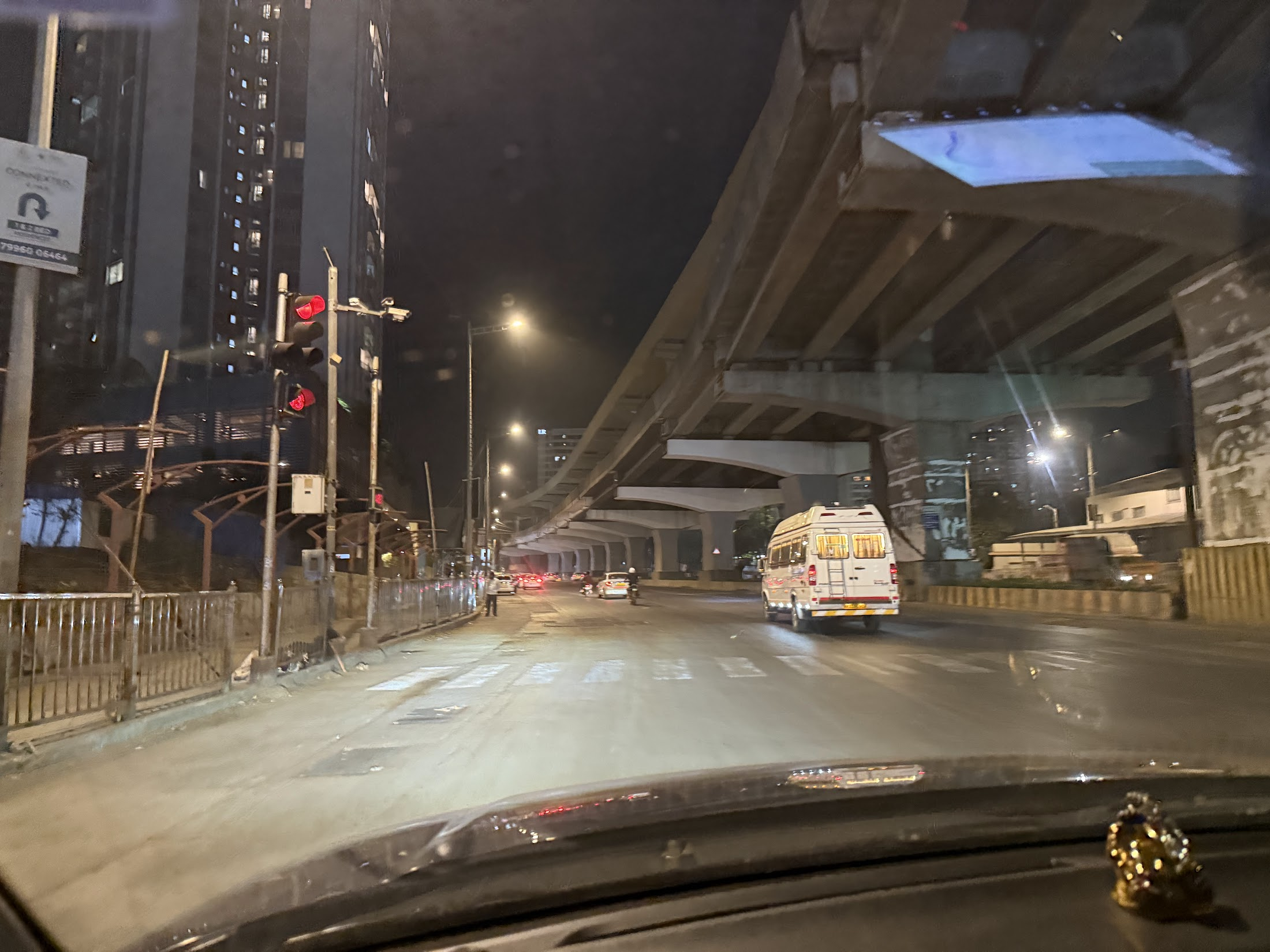
I struggled a bit with food everywhere except my parent’s place in Delhi. I try to eat as healthy as possible, and simple, wholesome food in India can be hard to find.. Thankfully, the JPMC office cafeterias had healthy options, and I generally stuck to those. The hotels also had decent gyms, and I was able to keep up my workout schedule also, which helps a lot with sleeping well and dealing with the jet lag.
Overall, an amazing trip, and I look forward to visiting India again, hopefully later this year!

As usual , nice coverage of trip with ting of history & old memories, stay blessed